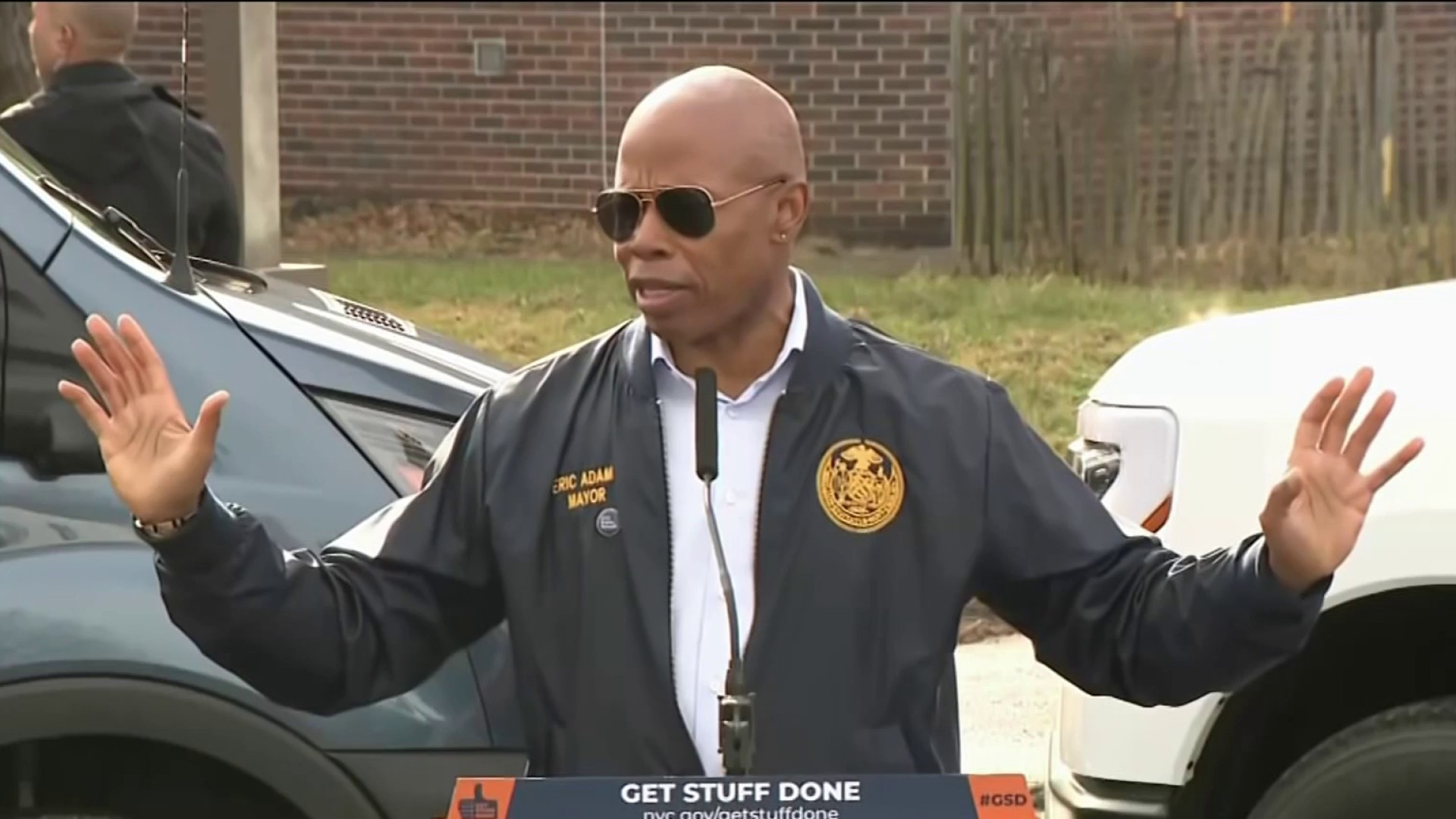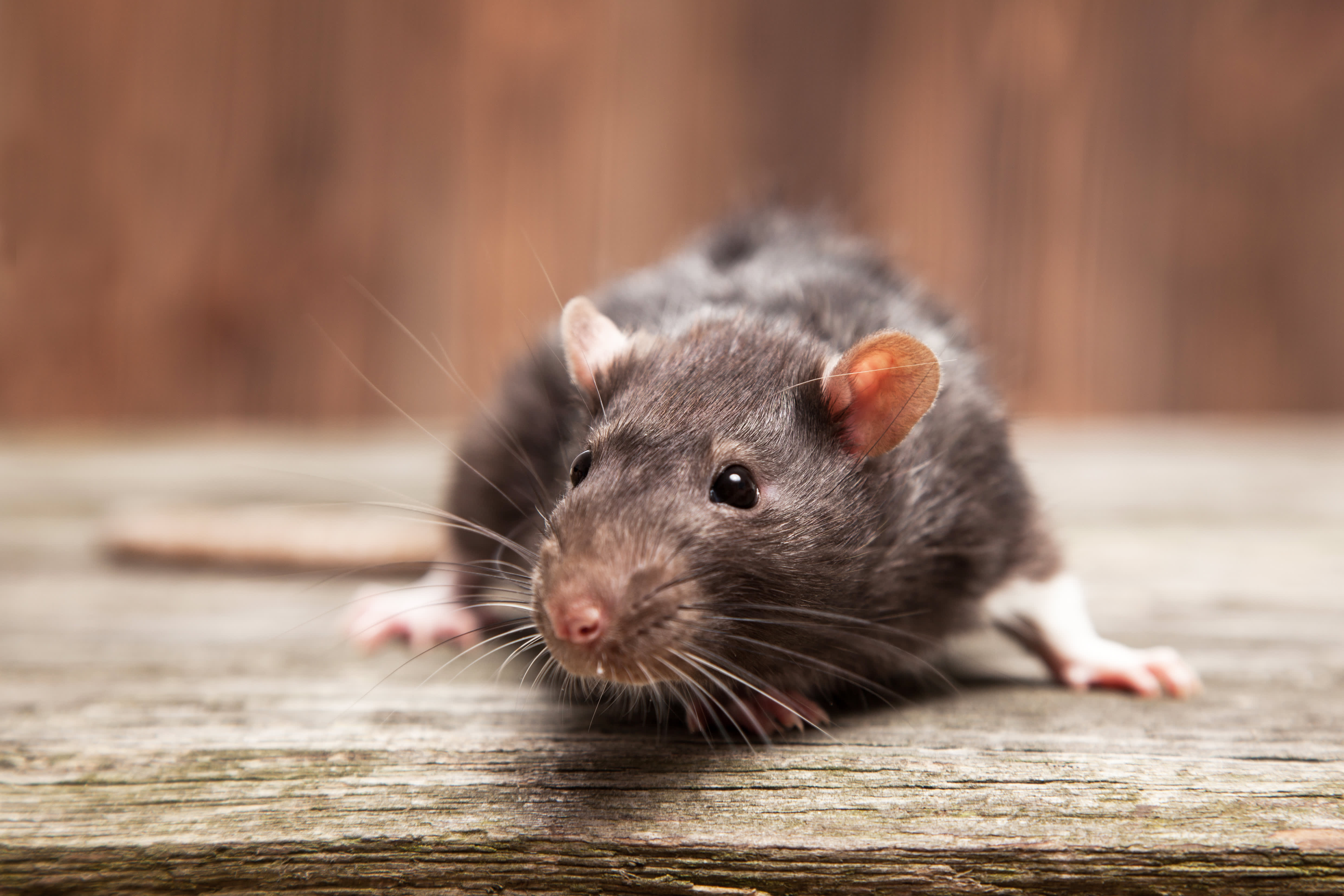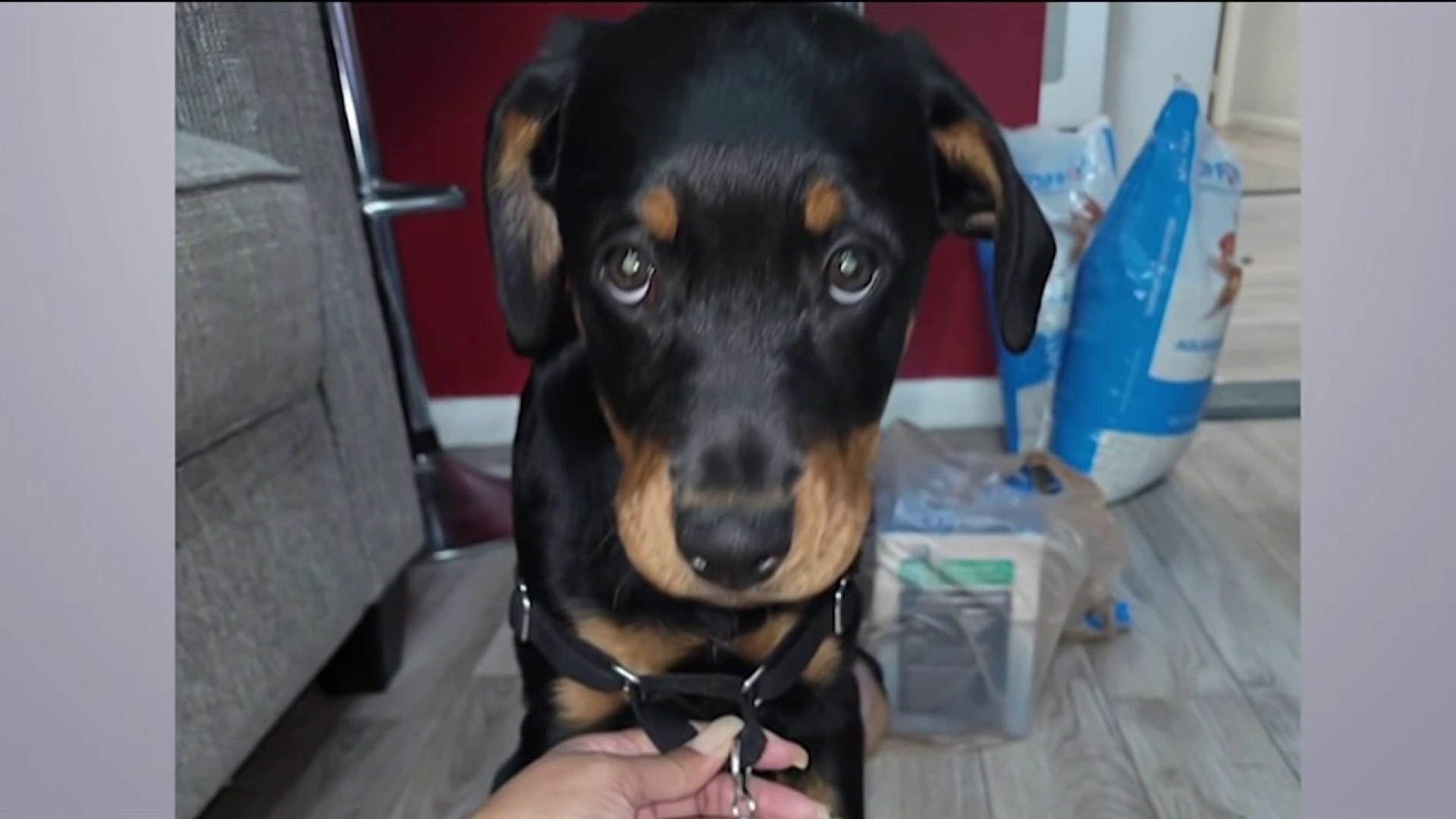If you’ve gotten that creepy feeling rats are running amok on New York City sidewalks lately, the numbers back you up.
According to data posted by the NYC Department of Health and Mental Hygiene (DOHMH), city inspectors documented twice as much rodent activity in 2022 than in 2021.
“It’s frightening. It’s unsettling. It’s unsafe. And it’s unhealthy,” said Chany Marcus, one of several member of the East 69th Street Association, a neighborhood group that has complained of rats plaguing Upper East Side sidewalks.
In total, city health inspectors documented about 60,000 instances of rodent activity in the five boroughs last year. That compares with about 30,000 rodent citations in 2021. City Hall partly blamed the doubling of rat sightings on the fact that health inspectors visited more properties last year than in the previous year. But that doesn’t tell the whole story.
Get Tri-state area news and weather forecasts to your inbox. Sign up for NBC New York newsletters.
Prior to the pandemic, in 2018, health inspectors recorded about 31,000 rodent sightings in 255,000 property visits. Last year, inspectors conducted about 5,000 fewer property visits – but still documented 93 percent more rodent activity than they found five years before.
Residents, businesses, and policy-makers have offered a slew of potential reasons for the rat explosion. Some cite increased foot traffic as the city emerges from the pandemic. Still others blame construction activity for disturbing rodent burrows.
Council Member Julie Menin (D–Upper East Side) blames pandemic-era cutbacks in garbage collection.
“The sanitation budget went down considerably during COVID. Then you had the proliferation of outdoor sheds, outdoor dining. That caused more rats and then the problem just wasn’t dealt with,” Menin said. “Now it’s reached a breaking point, a crisis point in the city.”
This month, Menin dedicated $10,000 to pay for a novel kind of rat extermination along East 86th Street. The strategy involves the use of a machine that pumps carbon monoxide into rat burrows underneath sidewalk tree pits.
“When we started trying it we, right away, saw results in the sense of the rats actually coming out of the burrows and also dying right in front of us,” said Matthew Deodato, Owner of Urban Pest Management.
Late last year, Mayor Adams signed a legislative package aimed at eradicating rats. One of the bills allows the city to significantly reduce the number of hours garbage can sit on public sidewalks. Adams also announced the intent to hire a new “rat czar” to coordinate municipal anti-rodent efforts.
"During the pandemic, human behavior changed, and so did the rats,” said Kate Smart, a City Hall spokesperson. “There is no silver bullet when it comes to rats which is why this administration is tackling this problem from all angles, investing millions in cleanliness initiatives, reducing the time that black bags sit on our corners, and rolling out the largest composting pilot in the country to secure food scraps in bins, rather than plastic bags.”
According to the city inspection data, four of the top-ten properties attracting the most rodent citations – are community gardens owned by the NYC Parks Department.
“Everybody walks in the middle of the street because [the rats] are running on the sidewalks,” said Roxanne Burey who lives next door to one of the community gardens.
When asked about city properties that attracted an outsize share of rodent citations last year, the Adams Administration pointed to its “Get Stuff Clean” initiative, a plan introduced in November which includes more than $14 million to hire 200 new sanitation workers and conduct “hot spot cleaning” and rat mitigation within city parks.
One of the most stubborn rat problems exists in Mayor Adams’ own Brooklyn neighborhood. According to the rodent inspection data, his Bedford-Stuyvesant zip code – 11221 – attracted more rodent citations than any other zip code in the city during 2022. Health inspectors have even cited Adams’ brownstone residence for rodent activity.
The mayor successfully appealed a rodent activity summons issued in May 2022. But in December, an inspector issued his property two more rodent citations for “failure to eliminate a rodent infestation” and “failure to eliminate conditions conducive to rodent debris.” Adams has insisted he’s spent $7,000 to exterminate rats around his building and vowed to fight the latest summonses.
The consequences of allowing rats to reign supreme are more than just quality of life nuisances. Rat urine can spread a bacterial disease called Leptospirosis, which can kill dogs and even people.
Last month, a Health Department advisory noted an increase in both canine and human leptospirosis cases in the city over the last five years. Dr. Karen Cantor, a veterinarian at the Westside Veterinary Center, said she’s been urging pet owners to get the Leptospirosis vaccine.
“If there happens to be rat urine that is within a half hour of a rat being there, they can get it,” Cantor said. “If it is caught really early it’s not fatal but I’ve had two patients die from it.”




